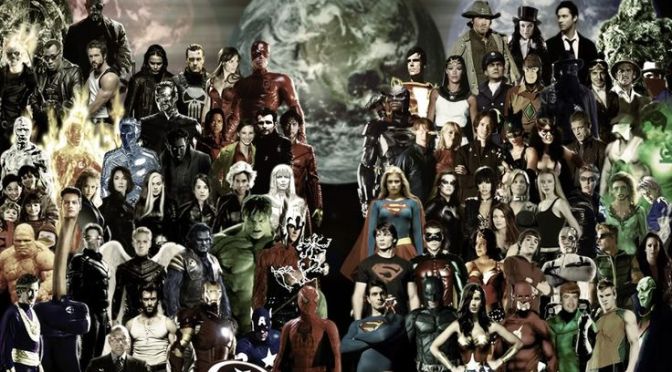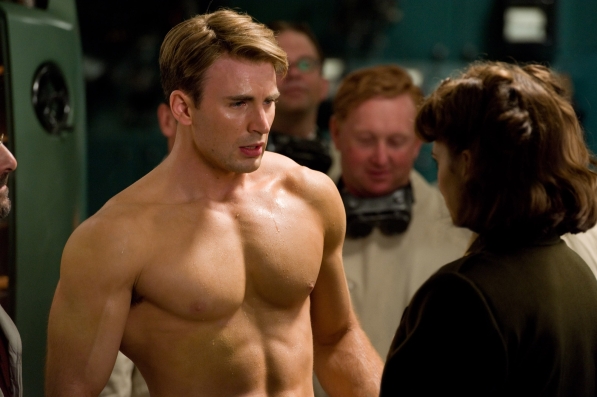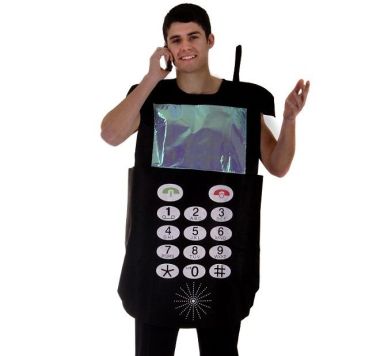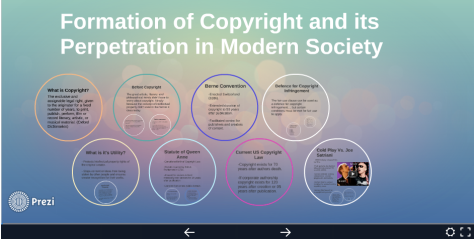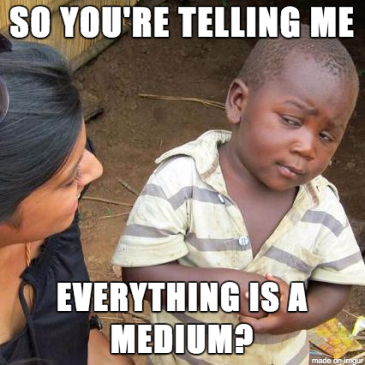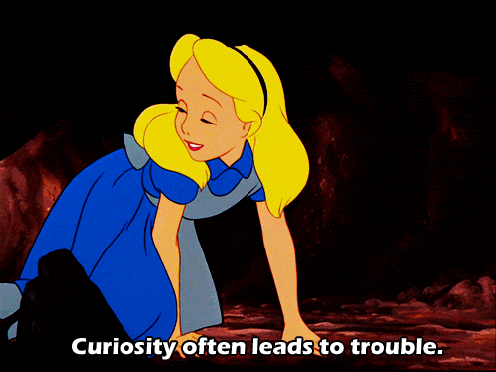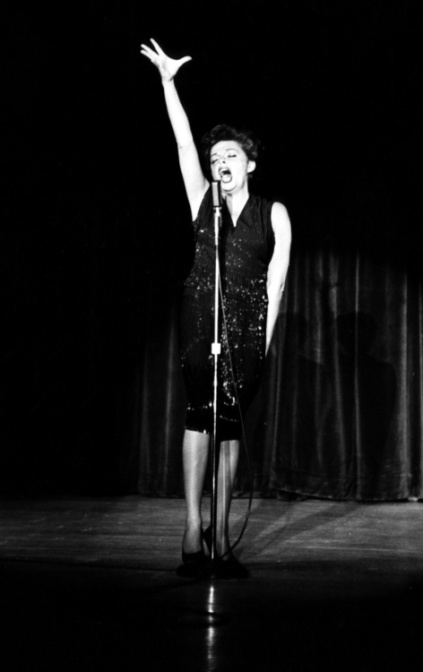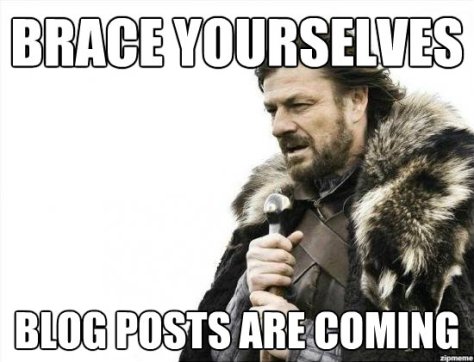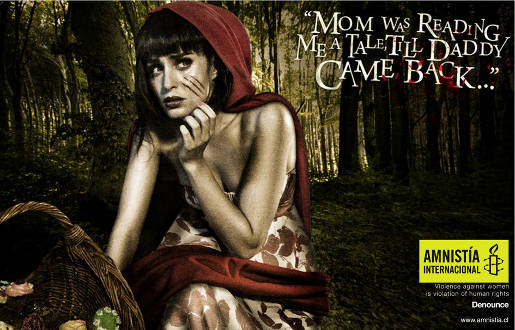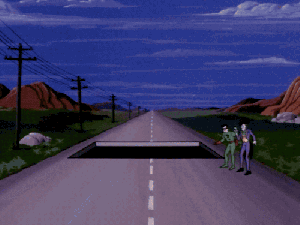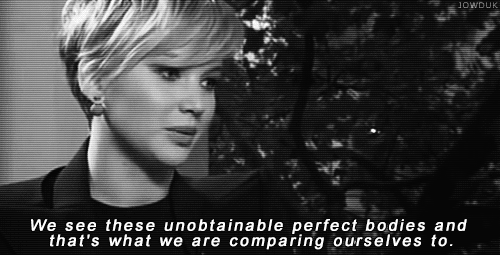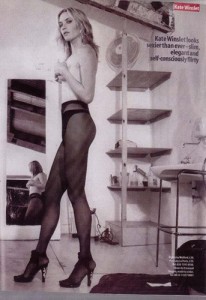For my research project I will be looking into the uses and gratifications female audiences gain from watching superhero movies. In order to conduct this research I will be using focus groups and surveys with female subjects aged 18-26. In my previous post I detailed that I would be using both male and female subjects. However, considering the time constraints and the nature of my topic, I felt it was more suited to female participants. I also stated that I would be using surveys as my sole means of collecting data for this project. However upon reflection I feel this topic is suited to two means of collecting data.
Time Planning
I will be first to admit that my time management skills are not exceptional. This is why it is essential in my research project to have some kind of calculated timeline of when I intend to get things done. This timeline (hopefully) will ensure that my research stays on track and is completed in the allotted timeframe.
| Week 5 | Week 6 | Week 7 | Week 8 |
| Research proposal detailing topic and method of research and preliminary readings. | Further research into methods and preliminary readings. | Risk management. Identifying anything that may go wrong with the project and finding alternatives. | Construct focus group/survey questions and create a letter of consent for participants detailing what will be involved . |
| Week 9 | Week 10 | Week 11 | Week 12 | Week 13 | Week 14 |
| Planning portfolio due 25th April 10 pm.
|
Conduct focus groups/ post surveys online. | Assimilate all the data collected from surveys and focus groups. | Analyse data and present in a way that is clear and coherent. | Publish results of research on blog. | Reflect upon results and what they mean. |
Focus Group Questions/ Survey Questions and Letter of Consent
I intend to give the letter of consent to participants and have them sign before the commencement of the focus group. In terms of surveys I will post this letter of consent at the top of the survey before they begin.
Hello, my name is Elizabeth Bridges and I am an undergraduate student at UOW. I am currently undertaking a research project focused on exploring the uses and gratifications female audiences gain from watching superhero movies. This research will be conducted using both focus groups and surveys. If you agree to participate I will be asking you some questions about superhero movies and what interests you to watch them. These responses will also be recorded to refer back to later on, If you do not wish to be recorded at any time in the interview please feel free to let me know. This process will only take about 20 minutes of your time. Your participation is completely up to your discretion. You may withdraw at any time and you may skip any questions you would prefer not to answer. If you have any questions at all, please don’t hesitate to ask. If you would like to stay updated regarding my research you can contact me via my word press blog (lizzellbee.wordpress.com) or my twitter (@lizzy_bridges) . Should you choose to take part I look forward to conducting my research with you and greatly appreciate your participation.
- What is your favourite superhero movie? If you have one.
- What is the main thing you notice when you watch these films?
- What in particular influences you to watch this specific genre of film?
- What is a feature of superhero movies that you like?
- What is a feature of superhero movies you dislike or would change?
- Do casting decisions influence your choice to watch or not to watch these films?
- How do you feel about the representations of females in these films?
- If there were a stronger female presence in these movies, would your current opinion about these films change?
- Is there anything else you would like to say about superhero movies and the reasons you watch them?
Risk Planning
In my research I can only see two foreseeable risks, these being:
- I do not receive an adequate response to my survey questions
This is a potentially problematic risk as my study is largely based upon female participation and is therefore my results are dependant on this. My focus group is estimated to take 20 minutes whilst my survey should only take about 15 minutes. These relatively short amounts of time taken out of participants days, coupled with the interesting topic of research will hopefully combat this issue. However, if female participants are unavailable, I could alter my question slightly to the male perception of why females watch superhero movies. Then when female participants are available, return to the initial research question.
2. The questions asked in the focus group go off-topic to what is being discussed.
This is a risky situation. If the discussion of my topic is not put back on track then I run the risk of having essentially useless data collected. In order to overcome this I will have prepared some questions that relate back directly to superhero films and why you watch them. For example if a contributor started talking about their favourite action movie, I would direct the conversation back to the topic by saying “Can you think of an example of this in relation to superhero films?” in this way I am not being disrespectful to my participants but still keeping the focus group on track.
Qualities of a Good Researcher
My current research project began understandably with curiosity, the desire to find out the answer to something. I had heard a lot of discussion on various media platforms regarding the representation or rather misrepresentation of women in superhero films. However, what seemed to be missing from the discussion and what I was curious to find out was the female audiences who actually watch these films and why it is that they watch them. When Marvel and Dc comics are filled with just 30% of female characters (Comics Alliance 2014) and when 2014 data from the MPAA shows that female audiences make up more than half of moviegoers in America alone, it would seem a logical decision to find out more about the female relationship to these films.
Being a female who enjoys this genre of film (for reasons separate to shirtless men), there is also a degree of reflexivity in this research for me, as I want to know if other females enjoy these movies for the similar reasons I do. In conducting this research, on a very small scale I hope to be able to be able to gain some insight for society on the reasons females watch superhero movies and perhaps challenge the existent stereotype that females “only watch superhero movies for the hot guys”.
In doing my preliminary readings for this project and critically analysing them, it became apparent that there was a distinct skills gap in current research done on the topic. All the readings I found focused on the representation of female characters within the movies and did not even mention the female audiences watching these films. So in that respect while the readings offered background context into my research, they were not overly helpful. One reading that turned out to be fundamental to my research was the Uses and Gratifications Theory. This theory developed by Herta Herzog and continued by Blumler and Katz looks at “why and how people actively seek out specific media to satisfy specific needs”(BCMS Glossary 2014).
It is important as a researcher to be accountable for your research and to make sure that we can be criticised if our research practices are not of an appropriate standard. In terms of my research project, this accountability shows in my time planning. I need to make sure I am adhering to a timeline in order to make progress and actually get the research done to achieve the goals I set out to achieve in the commencement of this project. I also need to ensure that no harm can be caused to the subjects of my research study, not that any harm is foreseeable with this particular topic.
It is important that research be both respectful and symmetrical both for the researcher and most importantly for participants in the study. This is shown so far in my research through the incorporation of consent forms that I created with the help of Duke University’s guide. In my letter of consent I have let participants know what it is I’m studying, how I intend to study it, what is required of them, how long the study will take, their rights as participants and my contact information if they have any concerns or questions. This ensures that I have shown participants the respect they deserve as collaborators in my research.
As this research is relatable to me and is something I am attached to finding out, I need to make sure that I uphold integrity by being impartial in my research to make sure that my personal views do not influence the end product of my research. This has included me re-wording some of my questions to make sure they don’t influence the participant to a particular frame of thought. Integrity also means making sure that people who are interested in my research can contact me and keep up to date with the progress I have made.
Flexibility is a fundamental quality. As human beings we desire to know things, this makes uncertainty frightening to us. As knowinnovation.com states “this drive to know absolutely can get in the way of innovation. It makes us inclined to latch on to an answer too quickly rather than live in the uncertainty… to see if a more suitable or interesting response is still at hand.” Thus it is important for my research project to be adaptable. For instance if the focus group questions were to go off track, I have some prepared questions to keep the discussion on the right track.
All of these elements in combination with each other make for a sound research project, which achieves its goals in a way that upholds the respect and integrity of those involved in the project and those who it may affect.
Communication
In terms of how I intend to keep people updated with my research I will be able to be contacted through my word press blog and my twitter. If people involved in the research have any questions or concerns they can message me directly through either of these platforms. I will also be consistently updating my research project on my blog for those who are interested in following my research.
WordPress: lizzellbee.wordpress.com
Twitter: @lizzy_bridges
References
- Matt D. Wilson, 2014,Five Thirty Eight Digs Into Demographics of Superheroes,Finds They’re Still Overwhelmingly Men,Comics Alliance, viewed 24th March 2016,http://comicsalliance.com/fivethirtyeight-superhero-demographic/
- Melissa Silverstein,2014,MPAA Data Shows That Women Are Still the Majority of Moviegoers,com, Viewed 24thMarch 2016,http://blogs.indiewire.com/womenandhollywood/mpaa-data-shows-that-women-are-still-the-majority-of-moviegoers
- Brown, J 2011,Dangerous Curves: Action Heroines, Gender, Fetishism, and Popular Culture, University Press of Mississippi, Mississippi.
- Herzog, H 1941,On Borrowed Experience: Studies in Philosophy and Social Science.
- Maloney, S 2014, Uses and Gratification Theory, BCMS glossary SOLS, viewed 24thMarch 2016https://moodle.uowplatform.edu.au/mod/glossary/view.php?id=67244&mode=letter&hook=U&sortkey=&sortorder=
- BCPS, Planning the Methodology- Timeline, BCPS, viewed 20th April 2016 , < https://www.bcps.org/offices/lis/researchcourse/develop_writing_methodology_timeline.html>
- Duke University, Guide to Writing Consent Forms and Oral Consent Scripts, Duke University, viewed 20th April 2016 < https://ors.duke.edu/orsmanual/consent-forms-and-scripts>
- Duke University, How to Conduct a Focus Group, Duke University, viewed 21st April 2016 < https://assessment.trinity.duke.edu/documents/How_to_Conduct_a_Focus_Group.pdf>
- Maggie Dugan, Tolerating Ambiguity,com, viewed 21st April 2016 < http://knowinnovation.com/2013/04/tolerating-ambiguity/>

